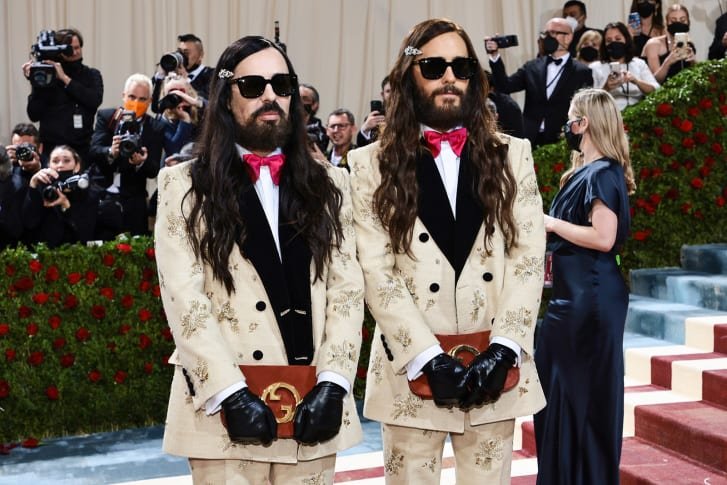For Fashion brands and business, the coming of the digital age has allowed for immense speed to market. You can now create a prototype and sell it before you make it. You can get feedback and engage with your target market; you can get analysis and information from data at the speed of light, which all adds up to more competition in the marketplace. It has never been easier to create a brand than it is NOW.
Thus, it is essential to make your mark on the digital world. Best of all, creating a profile on any given social media is immediate, free marketing. Below we share with you five ways to leverage the digital world and build your brand.
1). Build a community of followers and engage with them. Having an engaged community and being in constant communication with it is key to having a thriving business. Create content that adds value to their lives and builds the brand and consumer trust. This moves nicely into the next point of how to stay on top of creating fantastic content.
2). Create an Editorial Calendar. Although this seems like a basic task, often, being business owners, it’s easy to get wrapped up in a to-do list of, which this gets tagged onto the end. It is crucial to set out a content calendar similar to how you would if you were running a magazine.
3). Analysing the Analytics. Know your metrics; be sure to check what content is working and what is not. In the complicated world of data, pick a few important metrics for your brand and check on them regularly. Learn, edit, engage and repeat.
4). Lead Generation. Find ways to grow your fan base by giving them value through email sequencing. There is a range of software options that can help you create this; learn and build a campaign relevant to your brand.
5). Create loyalty stickiness programmes. Create focus groups, give them rewards, ask questions about what is working and what is not. Keep them coming back for more.
Finally, think out of the box!
Thanks
Kate
Founder at Fashionable Futures







